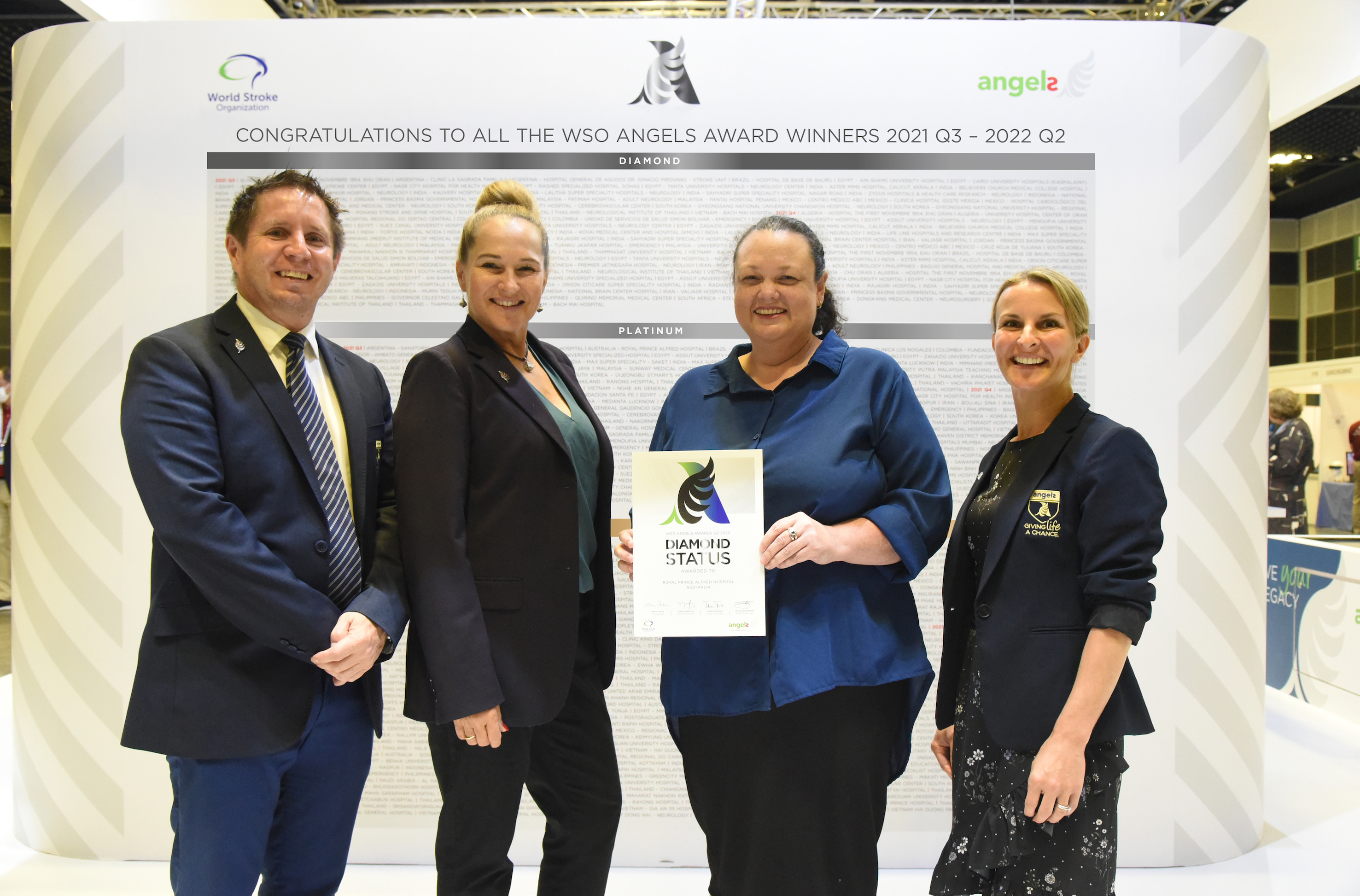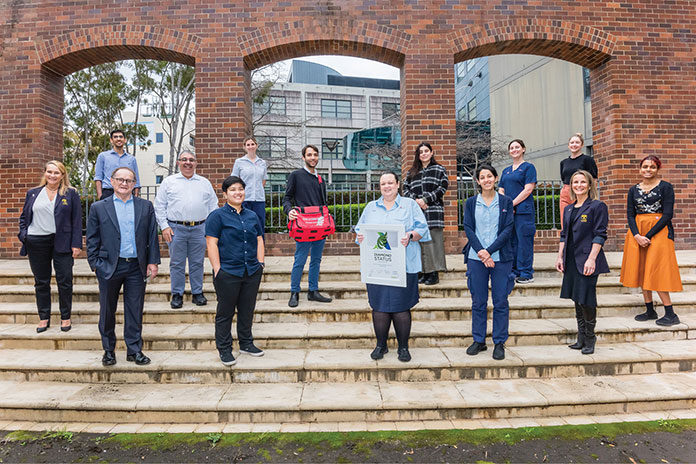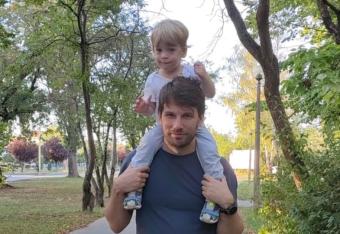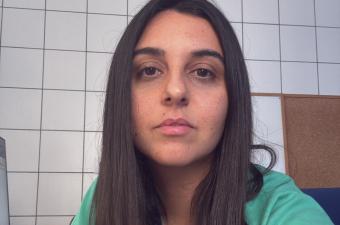
A new diamond has been found in Australia, and it is the largest one so far. It was discovered on Missenden Road in Camperdown, Sydney, which is home to the Royal Prince Alfred Hospital (RPA). A major public teaching hospital and one of the oldest in New South Wales, RPA is the first hospital in Australia to achieve diamond status in the WSO Angels Awards, which recognise excellence in stroke treatment and care.
The quarterly awards acknowledge high performing hospitals and aim to improve patient outcomes by setting global benchmarks for best practice stroke care. Awards are made at three levels, with diamond representing the highest level of performance.
RPA’s Comprehensive Stroke Service team offers 24/7 endovascular clot retrieval (ECR) for ischaemic stroke patients from across New South Wales. So far in 2022, 90 patients received ECR, including 70 patients transferred to RPA from across NSW. And, 29 per cent of patients have received stroke reperfusion therapy, well above the Australian standard of 15 per cent.
“This award has been achieved through the extraordinary efforts of our team who provide world class treatment for our patients every day. We work together to deliver fast and effective care to ensure the best possible outcomes for our patients,” Kylie Tastula, clinical nurse consultant, neuroscience, at RPA, said.
Previously a platinum award winner along with just two other hospitals in the country, RPA’s journey to improve stroke care began more than a decade ago with the publication of the Helsinki model, an intervention lead by Atte Meretoja through which Finland’s Helsinki University Central Hospital had reduced their thrombolysis delays to 20 minutes or less.
By implementing 12 separate interventions over more than 10 years, all aimed at minimising delays from patient arrival to the initiation of thrombolytic therapy, the Helsinki University Central Hospital team had achieved results that motivated adoption of the Helsinki model internationally.
This also inspired the stroke team at Royal Prince Alfred Hospital to analyse their data to improve processes and ultimately reduce time to treatment for their stroke patients.
Kylie Tastula, clinical nurses consultant, neuroscience, at RPA and nursing co-chair of the Stroke Network for the Agency of Clinical Innovation, explained how a team approach helped the stroke team at RPA reduce their door-to-needle time from 120 minutes to meet the criteria for a top award.
“In 2012 we pulled everyone together to discuss what improvements could be made. You have to be willing to listen to feedback from everyone involved and act on it. We have a very good team now with a very collaborative approach. Everyone from ambulance teams, Emergency Department, allied health, radiology, INR, ICU and medical, all feels part of a bigger team.”
Their hard work was rewarded with a platinum award in Q3 2021. That they would soon exceed this achievement was almost inevitable, given this team’s structured commitment to continuous improvement.
“Each month, the team at RPA holds a reperfusion meeting, where we analyse every DNT that took longer than 45 minutes. The team discusses what might have caused the delays and how we might mitigate that in future,” she said.
“The hospital uses a time tracker template for stroke cases, and the attending team writes notes in real-time to explain delays like ‘CT scanner occupied’ or ‘time taken to reduce BP’ which helps at the monthly meetings,” Kylie explained.
She continued: “The meetings are an open forum and focus on times for every case, but they have also engendered some healthy competition with nurses competing with each other and registrars looking to beat other registrars’ times.”
Kylie used to work in the ICU and developed a template to provide feedback to ambulance personnel on every reperfusion case. It was modelled on a template designed to convey organ donation outcomes. The template includes the patient presentation, imaging, a picture of the clot for INR cases, times and outcomes. She also holds regular stroke education evenings for them. Keeping the ambulance team across every case and involving them in the training has really engaged the team, enabling them to find ways to improve their treatment and times.
Kylie will accept the award in person at the World Stroke Congress in Singapore to coincide with World Stroke Day in October.



